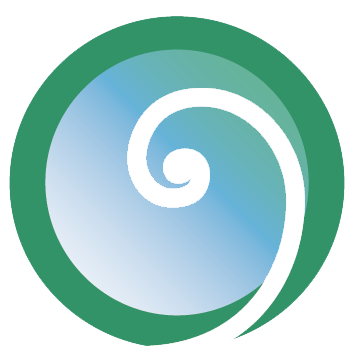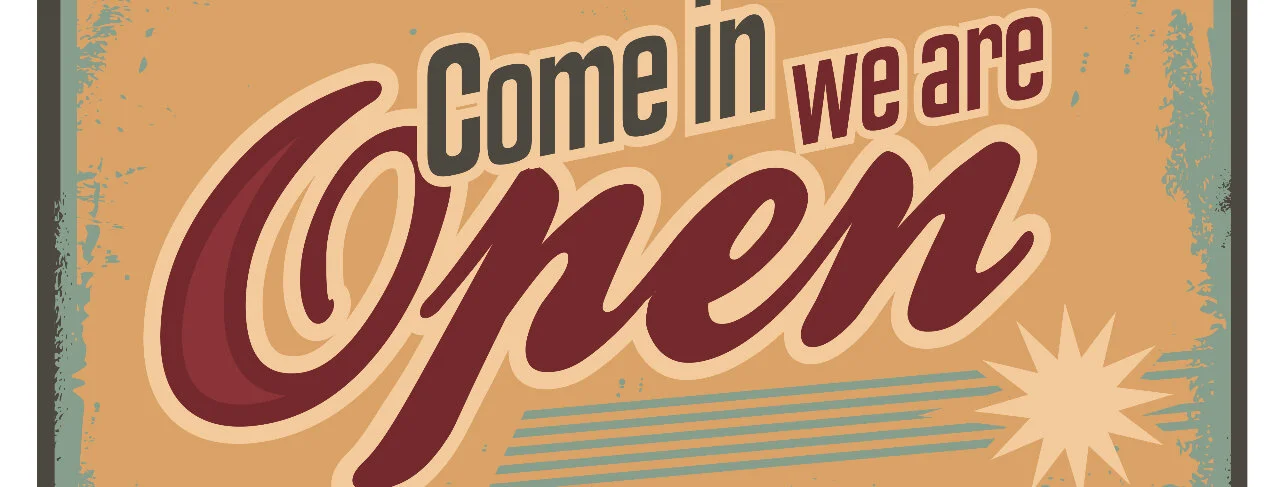Are you the owner of your body?
This is a fundamental question that reveals perspectives on the body and how yourelate to it. And depending on how you relate to your body, you will inevitably move according to the nature of that relationship. Along with your mind, this is your most intimate relationship. Yet attitudes about the physical self go largely unnoticed.
























